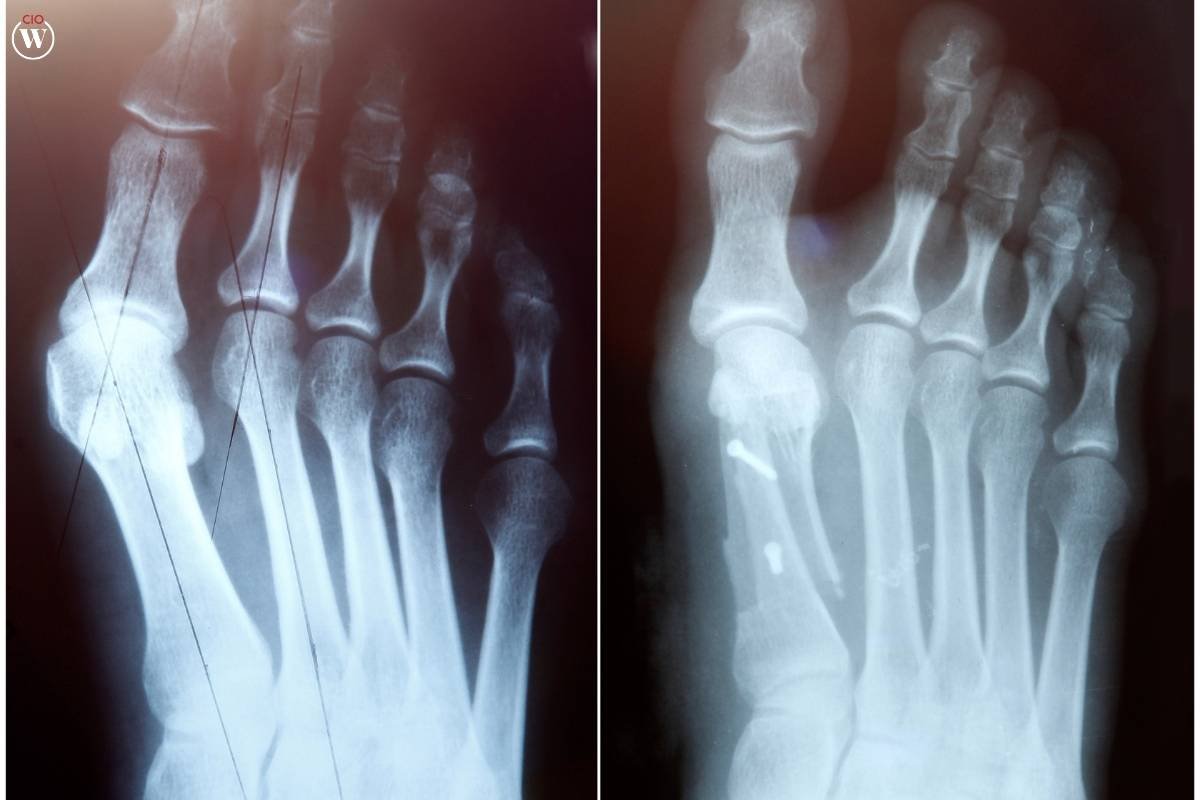In the realm of bone health, one term that frequently surfaces is osteoporosis. But what is osteoporosis exactly? This article aims to delve into the intricacies of this condition, shedding light on its definition, causes, symptoms, and management strategies. So, let’s embark on a journey to unravel the mysteries surrounding osteoporosis.
What is Osteoporosis?
Osteoporosis is a progressive bone disease characterized by a decrease in bone density and quality, leading to an increased risk of fractures. The word “osteoporosis” itself stems from the Greek words “osteo,” meaning bone, and “porosis,” meaning porous. Essentially, the bones become porous and fragile, resembling a sponge-like texture, which compromises their strength and resilience.
Understanding Bone Structure
Before delving deeper into what is osteoporosis, it’s crucial to grasp the basics of bone structure. Our bones are comprised of living tissue, constantly undergoing a process of remodeling, where old bone tissue is replaced by new bone tissue. This remodeling process is orchestrated by specialized cells called osteoblasts, responsible for bone formation, and osteoclasts, responsible for bone resorption.
Causes of Osteoporosis
Several factors contribute to the development of osteoporosis. One primary factor is age, as bone density tends to decrease with age, especially in women after menopause due to hormonal changes. Additionally, genetics play a significant role; individuals with a family history of osteoporosis are at a higher risk.

Lifestyle factors such as sedentary behavior, smoking, excessive alcohol consumption, and poor nutrition also contribute to bone loss and increase the risk of osteoporosis. Certain medical conditions such as hormonal disorders, gastrointestinal diseases, and long-term use of certain medications can also predispose individuals to osteoporosis.
Symptoms of Osteoporosis
Understanding the symptoms is necessary to determine what is Osteoporosis and how to tackle it. Osteoporosis is often referred to as a silent disease because it typically progresses without any noticeable symptoms until a fracture occurs. However, as the condition advances, individuals may experience symptoms such as:
1. Back pain:
Osteoporotic fractures, particularly in the spine (vertebrae), can cause severe back pain, loss of height, and a stooped posture.
2. Fractures:
Individuals with osteoporosis are more susceptible to fractures, especially in the hip, spine, and wrist. These fractures can occur from minor trauma or even during routine activities.
3. Bone deformities:

Severe cases of osteoporosis can lead to bone deformities, particularly in the spine, resulting in a hunched or curved appearance.
Diagnosis and Screening
Early detection of osteoporosis is crucial for effective management and prevention of complications. Bone density testing, typically performed using dual-energy X-ray absorptiometry (DXA) scans, is the gold standard for diagnosing osteoporosis. These tests measure bone mineral density (BMD) and help assess the risk of fractures.
Screening for osteoporosis is recommended for postmenopausal women and older adults, especially those with risk factors such as a family history of osteoporosis, low body weight, or a history of fractures.
Management and Treatment
While osteoporosis cannot be cured, various treatment and management strategies aim to slow down bone loss, strengthen bones, and reduce the risk of fractures. These may include:
1. Medications:
Several medications are available to treat osteoporosis, including bisphosphonates, hormone therapy, and selective estrogen receptor modulators (SERMs). These medications work by either slowing down bone resorption or stimulating bone formation.
2. Lifestyle modifications:
Adopting a healthy lifestyle plays a crucial role in managing osteoporosis. This includes regular weight-bearing exercise, such as walking or strength training, to improve bone density and strength. Adequate intake of calcium and vitamin D through diet or supplements is also essential for bone health.
3. Fall prevention:

Since falls pose a significant risk for fractures in individuals with osteoporosis, fall prevention strategies are paramount. This may involve removing hazards in the home, using assistive devices such as grab bars and handrails, and practicing balance exercises.
4. Smoking cessation and moderation of alcohol consumption:
Quitting smoking and limiting alcohol intake can help preserve bone health and reduce the risk of fractures.
Conclusion
In conclusion, we hope we’ve answered the question “what is osteoporosis?” with this blog. It is a prevalent bone disease characterized by reduced bone density and increased fragility, predisposing individuals to fractures and other complications. Understanding the causes, symptoms, and management strategies for osteoporosis is crucial for early detection and effective treatment. By adopting a holistic approach that encompasses medication, lifestyle modifications, and fall prevention strategies, individuals can effectively manage osteoporosis and maintain bone health as they age. So, whether you’re at risk or simply seeking knowledge about osteoporosis, remember, awareness and action are key in the fight against this silent but significant disease.









